Getting tired of your current setup?
What if I told you that you can quickly change the feel/ride of your log just by switching out the fin?
Longboard center fins are (of course) much larger than their shortboard fin cousins. This makes them easier to notice the differences between each design.
Changing up the fin in your longboard will alter the way it feels under your feet - and they are simple to replace.
If you've been struggling or getting bored on your current setup, than a new longboard fin may just be what you need!
Let's take a look at the common longboard fins that you'll find in Warm Winds' famous boardroom.
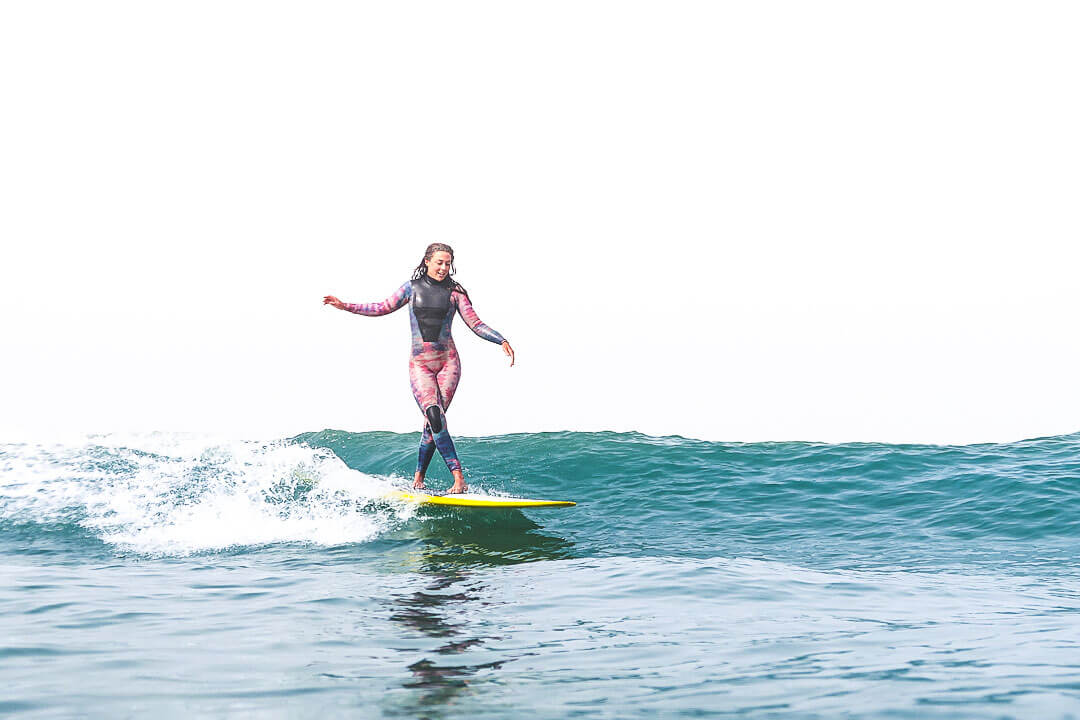
TYPES OF LONGBOARD FINS
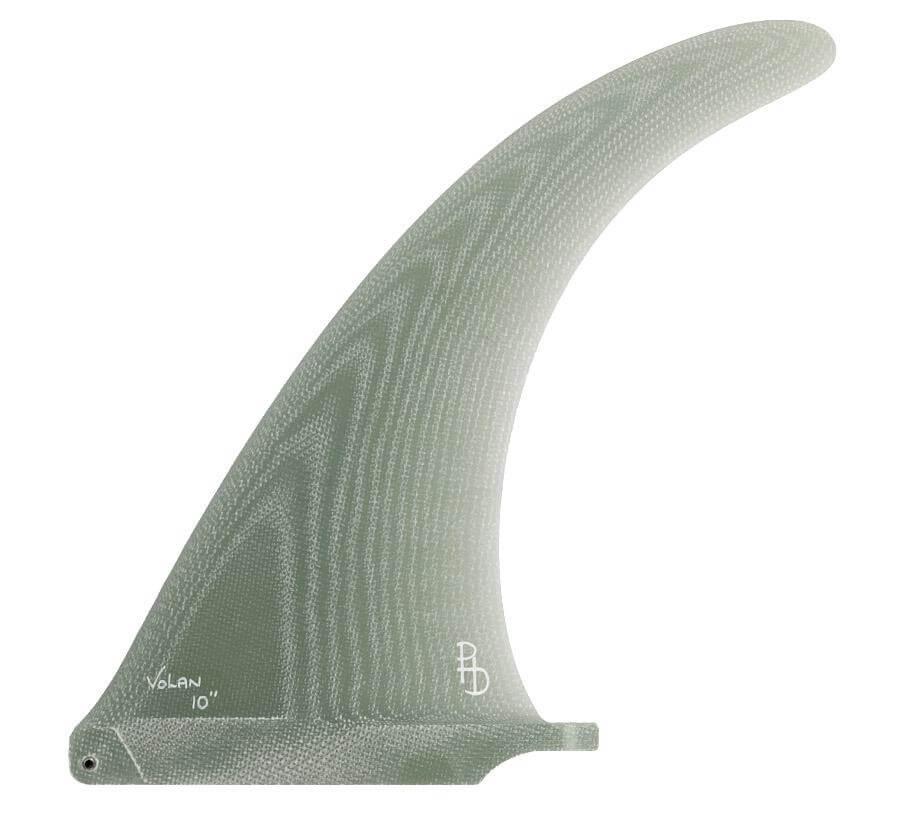
FLEX FIN
Flex fins are just what they sound like - offering more flex that a traditional longboard fin. The added flex makes the board feel a bit looser and adds a bit more liveliness/springiness to the board which can bring a whole new flow to your surfing.
Flex fins tend to distort as they are turning through the water, allowing the board to go faster through the turn. This also lets the rider use more of their rail line.
There are different levels of flex that you can get in these fins, and the amount of flex will impact the amount of drive a fin will give when you really lean on it. If you want more drive out of our your turns - a fin with moderate flex in the tip may be the trick. Of course everyone's style is different, so its up to you to experiment!
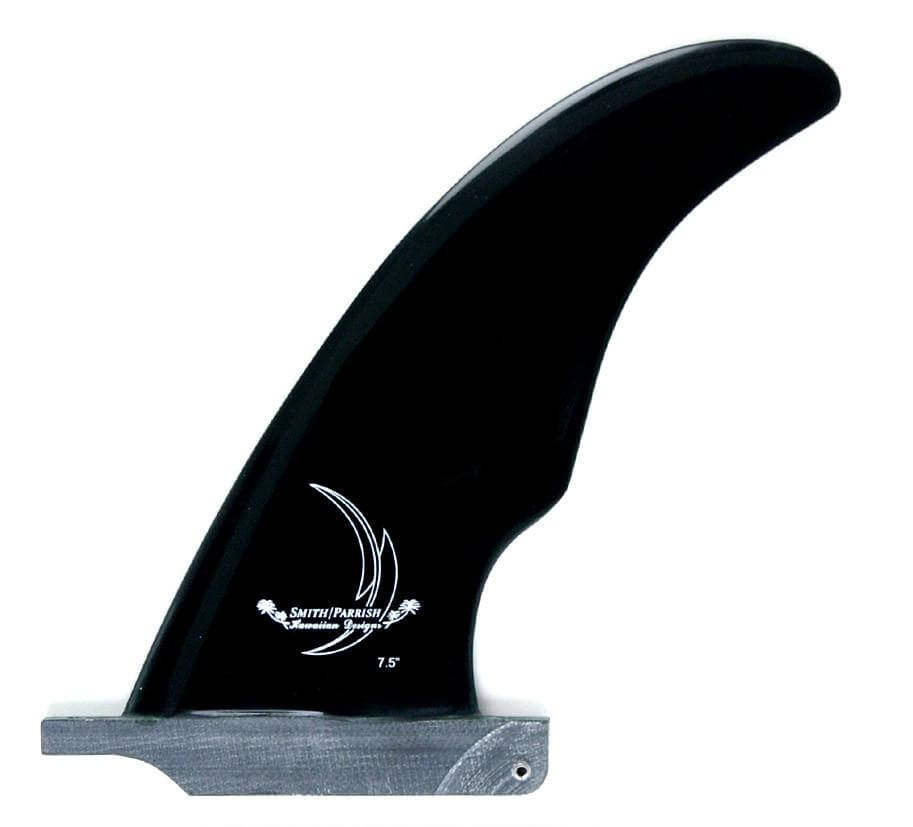
CUTAWAY FIN
A cutaway fin features a narrower base than most longboard fins, translating to less drive out of your turns if ridden as a single fin. These fins are best paired with sidebites to give you the extra drive and maneuverability, in which case you would size it smaller than if you were to ride just a single. This gives the board a higher performance feel - allowing quick turns and more vertical maneuverability. Think of a thruster setup on a shortboard.
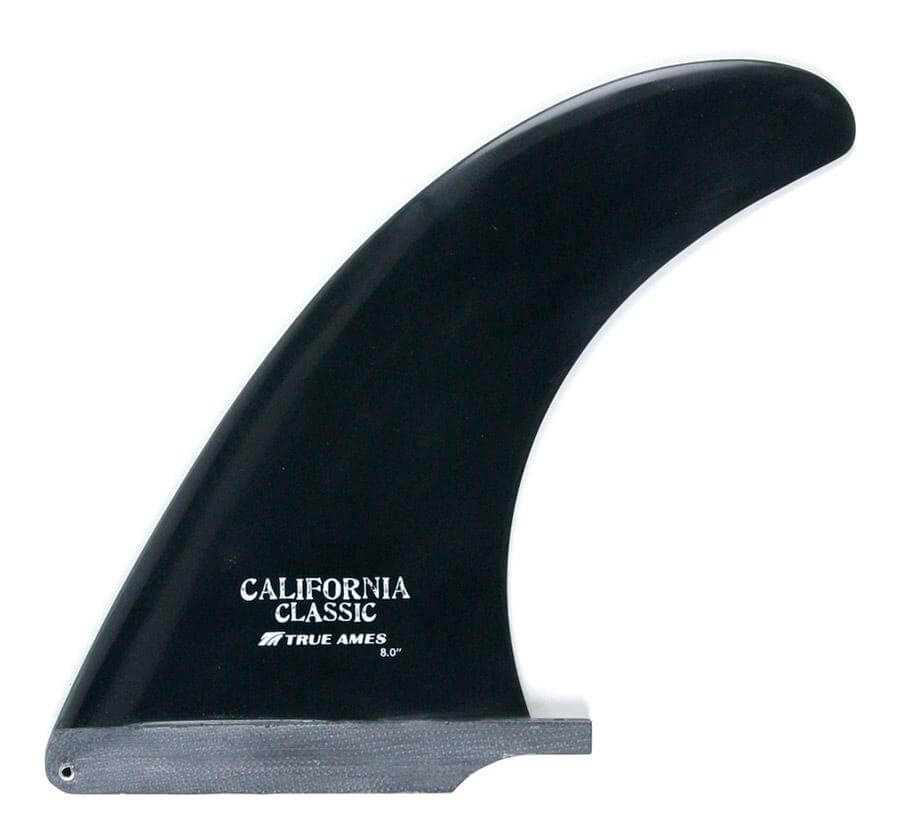
ALL-AROUND FIN
The all around fin is the perfect blend of rake and surface area - providing stability that will give you confidence. It can be ridden as a single, in which case you would match the size (in inches) of the fin around the size (in feet) of your longboard. If you want to ride it as a 2+1 setup, ride it somewhere between 6 and 8 inches, depending on your board length.
The all around fin will feel great with longer sweeping turns and still provide plenty of hold in the tail while you cruise down the line. It works in boards of all shapes and sizes and almost any surf conditions. Tried and true!
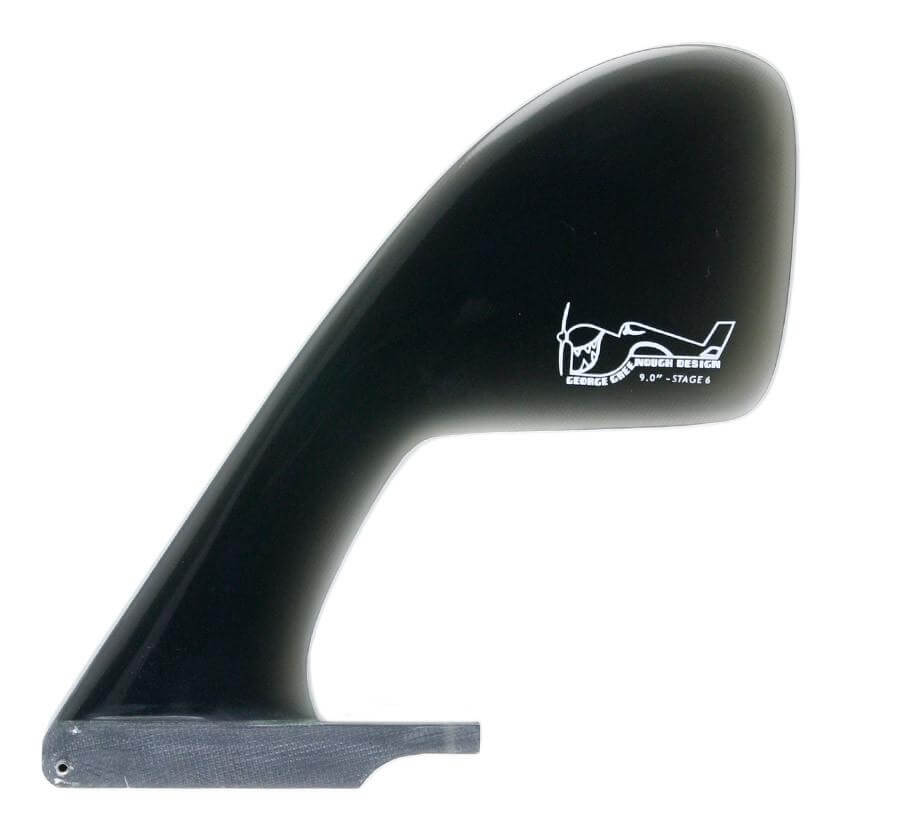
STAGE 6 FIN
This type of fin is an extremely unique fin designed by George Greenough that, despite it's different appearance, works really well! It sort of falls between the cutaway fin and the pivot fin, offering a balance of looseness and hold.
The idea is that it puts the "working" part of the fin deeper in the less turbulent water while keeping the base narrow and maneuverable. This keeps the tip of the fin full (extra surface area) to grab the water and keep the tail down. The result is a fin that has great maneuverability as well as nose riding capabilities. Don't knock it til' you try it!
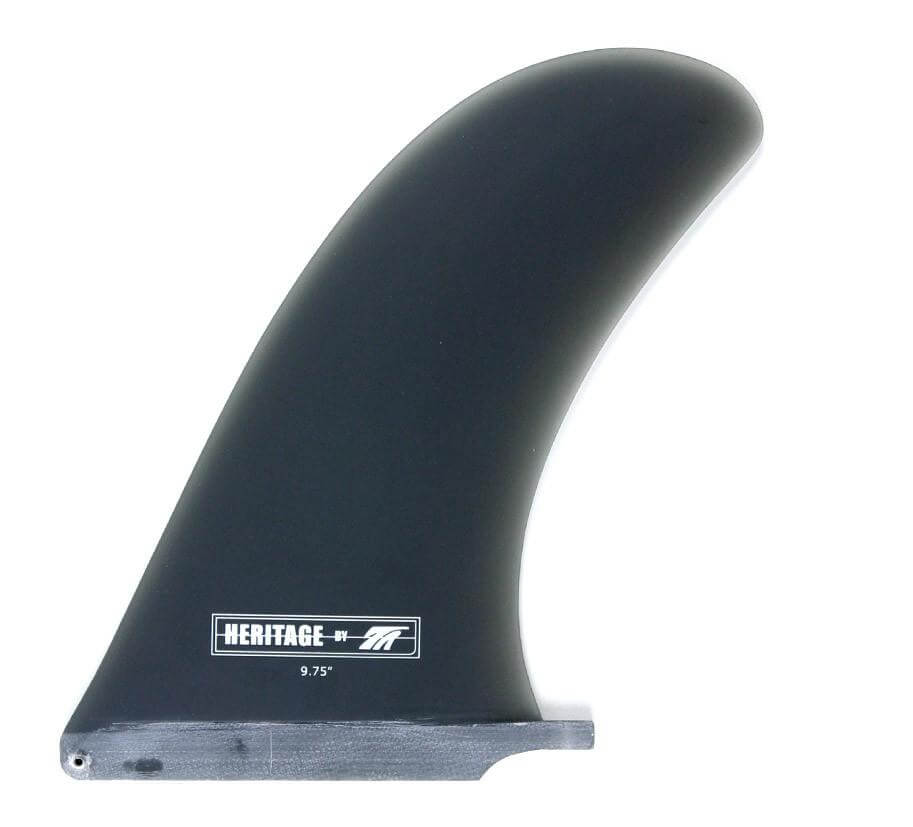
PIVOT FIN
The pivot fin is the ideal fin to go with if you have a standard noserider style longboard, featuring a wide tail with plenty of stability paired with a wide nose. The pivot fin has a whole lot of surface area to grip in the water, allowing the surfer to walk around on the board without the feeling of the tail coming loose. It also is a very upright template which allows you to pivot the board when you're all the way back on the tail for quick directional changes. If you're looking to walk the nose and hang on the tip, a pivot fin is a must have.
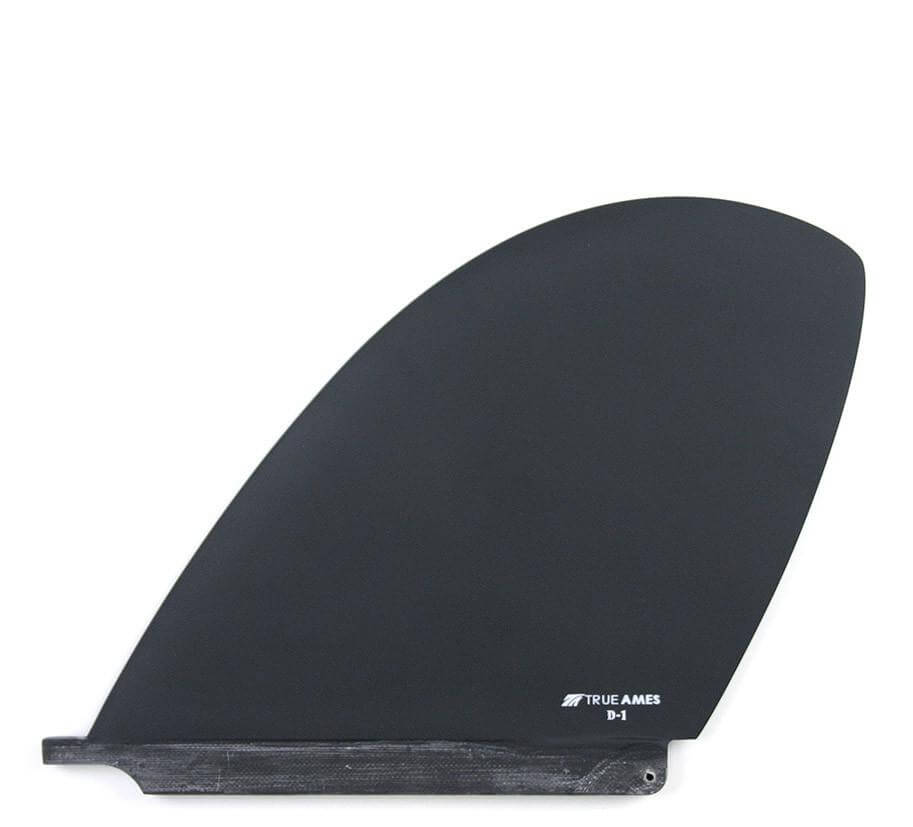
D FIN
This one is old school! We've all seen one of those black and white photos - that classic 1960s beach shot with a group of longboards leaned up against a dune with a massive single fin glassed on. Those were all D Fins!
Not the most versatile fin out there - the D fin is a bit tougher to turn than all of the above due to the extremely wide base, and not quite as stable as a pivot fin when you're on the nose (since it is not so tall). These fins are designed for getting maximum trim and surfing straight down the line. Want to get back to the roots of surfing - toss one of these bad boys on your log and just enjoy the ride.
VOLAN VS. TRADITIONAL BUILD


When you are looking to buy a longboard fin that has some flex - you might come across a fin offered in both "volan" construction and a traditional fiberglass layup. You'll also notice that there is a bit of a price difference between the two.
VOLAN
Volan fins not only look pretty with their coke bottle green color and raw/unfinished look - but they also offer additional benefits that traditional fiberglass fins do not. Volan fins are typically hand laid up with high quality volan cloth that is thicker and stronger than traditional fiber glass. Since they are hand laid - they are optimized for flex throughout the body of the fin - not just the tip like traditional fins. This increase speed and projection through turns.
FIBERGLASS (E-GLASS)
Most of the fins you see (except for plastic fins) are made up of Fiberglass, and in particular E-Glass. This has excellent flex characteristics and performance longevity. This type of layup also allows the manufactures to use many different colors and artistic patterns. From a flex standpoint - these fins typically flex mostly at the tip and not through the body.
LONGBOARD FIN SETUP
Longboard surfboards come with a variety of fin configurations depending the shaper and the board outline. The two most common fin configurations would be a single fin or what we call a "2+1" setup.
2+1
A 2+1 setup will allow you to put in a center fin paired with smaller sidebites. This give the board more drive and control through turns as well as more stability. Great for beginner to intermediate surfers and people trying to surf their board with more performance. Since you will be using three fins in this configuration - it is recommended to use a smaller center fin. For example, if your board is 9 foot - you should consider using a 6.5"-7" cutaway, flex, or all around fin with your 2+1 setup.
You have the option on how to cluster your fins with a 2+1 setup by moving your center fin closer or further away from the side bites. Basically - the closer together your fin cluster is, the faster the board will turn and will feel more responsive. With your fin cluster spread out further, the board will feel more in control and allow you to perform wider and more drawn out turns.
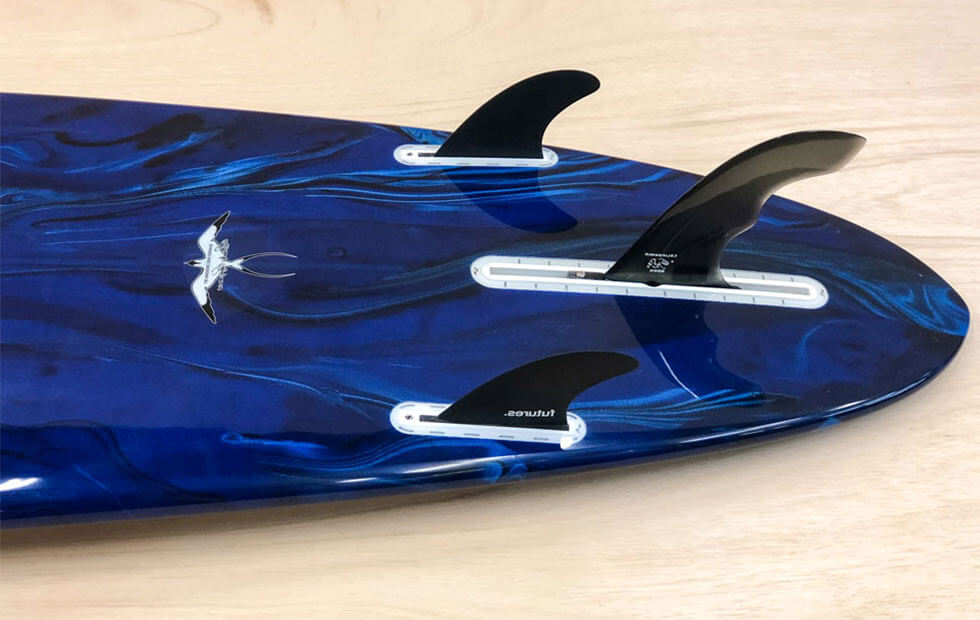
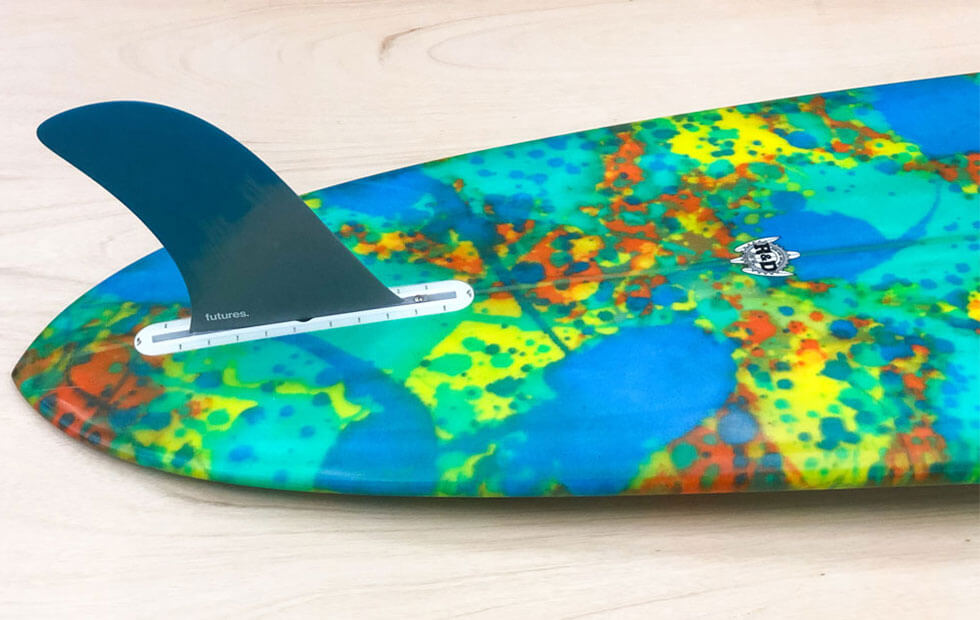
SINGLE
A single fin setup is what you will see on most nose rider style longboards and classic logs. These boards are not build for radical high performance turns, so having the side bites to increase maneuverability is not needed. A single fin feels loose and has more speed down the line. They are easier to turn quickly, but not as sharp and with less drive as with a 2+1 setup. Riding a longboard as a single fin provides a loose and cruisy flow beneath your feet. As far as fin sizing, with a 9 foot nose rider, you would want a 9"-9.5" pivot, stage 6, or D-Fin.
You have the option on where to position your single fin on your board - since the finbox is likely larger than the base of your fin. Position the fin forward (towards the nose of the board) and you will get a looser feel through the tail. Position the fin back (towards the tail) to get more hold and control.